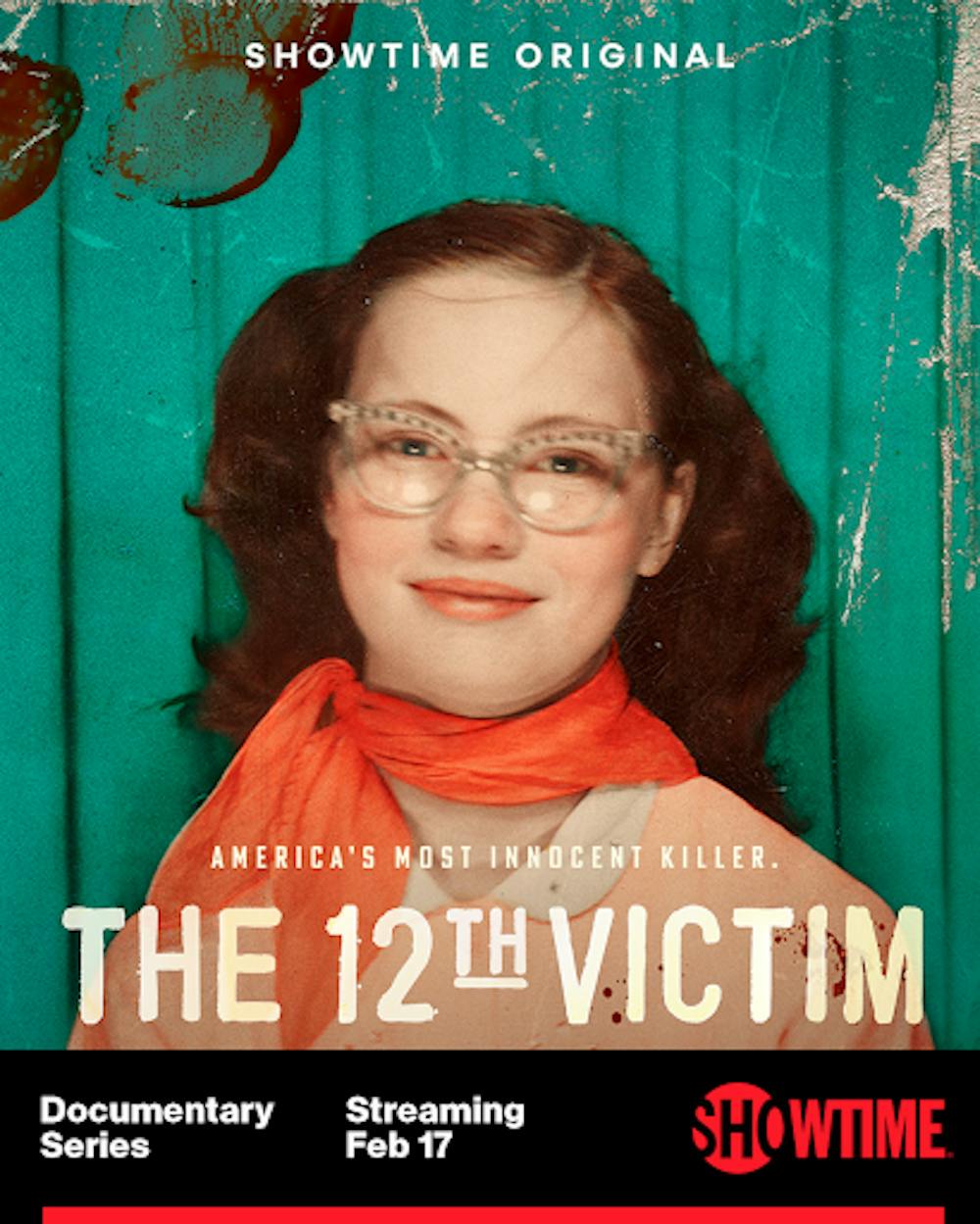By Liz Ciocher
Staff Writer
Showtime Original released a true crime documentary series on Friday called “The 12th Victim,” divulging into Charles Starkweather and Caril Ann Bartlett’s murder spree in early 1958.
The series is based on the book of the same name, written by John Stevens Berry and Linda M. Battisti.
The series spans over four episodes and immediately shows very interesting design and editing choices. The first episode is almost entirely in black and white in order to match the theme of the 1950s. This includes both the footage from the time period and the commentary from various experts.
It is not until the second episode that one of the co-authors of the book, Linda M. Battisti, provides commentary. When she speaks, as well as when the crimes are being reenacted, are the only instances that the show is in color.
While this editing choice is a creative thought and does match the actual footage recorded in 1958, it is distracting and very dull. It’s unclear why the footage of all the experts’ commentary is in black and white, but the author’s is not.
When it comes to the experts, the program did not disappoint. There are numerous different kinds of experts providing analysis on the case, including authors, forensic psychiatrists, professional lip readers and more. They all go into great detail about the case and the things that were wrong with it.
Each expert talks about different stages of the murders over the time period it happened, with an on-screen timeline for viewers to follow. This was a very helpful design choice that made it easy to understand what they were saying. Although, the entire timeline is covered in the first episode, leaving me wondering what the next three episodes in the series would be covering.
It wasn’t very clear to me until the last 10 minutes of the first episode that this documentary is not very much about the killings at all, but the judicial case that follows. As the timeline concludes, Starkweather appears to only have killed 11 victims, leaving the titular 12th victim to be Caril Ann Bartlett — something I had to conclude on my own.
This was a risky approach to the documentary, since the first episode appears to be following a completely different topic than the rest of the series, but it is done well. It dives deeper into the horrors of Charles Starkweather and helps the viewers get a sense of sympathy for Bartlett.
Originally, there was a lot of confusion following this sudden change. In the first episode, Bartlett is seen as an accomplice to the crime and receives a lot of hate. The following three episodes reveal the truth about her situation — that she was a hostage and indeed Starkweather’s 12th victim.
The purpose of designing the show to unfold this way was at first unclear. But, after further commentary from different experts and witnesses (including residents of the town at the time, family friends of Bartlett, and family members of the lawyers involved in the case), it is obvious that this decision was intentional. The show was painted this way for viewers to experience the same feelings as the residents, who originally believed Bartlett was also guilty.
Constructing this series with this strategy also works very well and adds a captivating component to the rest of the show.
As for the show’s closing, episodes 2-4 have a lot of unnecessary detail. The commentary sometimes trails off with unimportant details (such as diving into the story of Adam and Eve in comparison to punishing a woman) but does eventually wrap up the story nicely.
The series probably could have been done in less than four episodes, but they were all still very interesting to watch. There’s a lot to learn about the fascinating story of Charles Starkweather and Caril Ann Bartlett, and this series will tell you everything you need to know.







